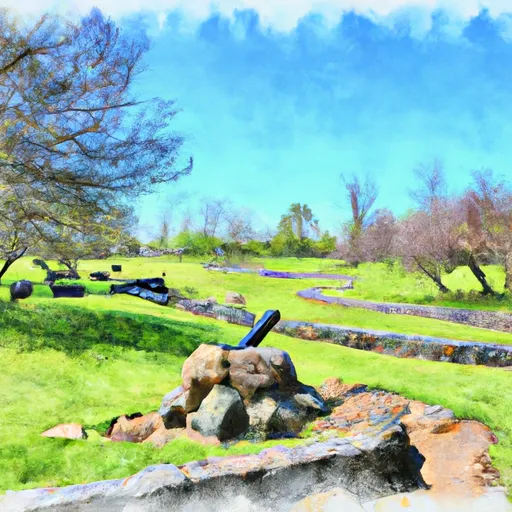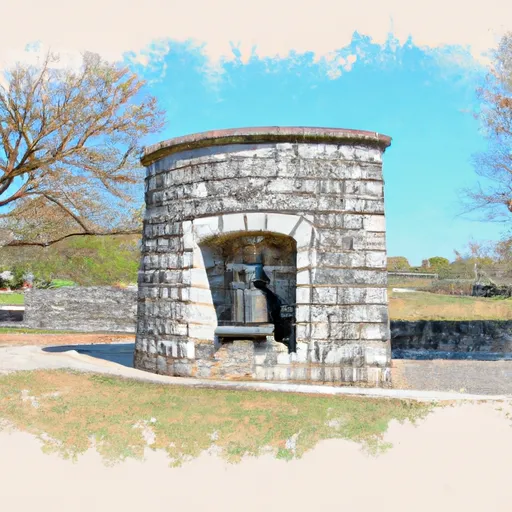Summary
Summers are hot and humid, with temperatures reaching the mid-90s (Fahrenheit), while winters are mild, with temperatures typically hovering in the 40s and 50s. The city experiences moderate rainfall throughout the year, with the wettest months being May and December.
Hydrologically, Murfreesboro benefits from the presence of Stones River, which flows through the city and provides opportunities for various water-based activities. Additionally, the city boasts several lakes and reservoirs, including Percy Priest Lake and Center Hill Lake, which offer boating, fishing, and swimming opportunities.
Outdoor enthusiasts will find a range of recreational activities in Murfreesboro. The city is home to numerous parks, such as Barfield Crescent Park and Old Fort Park, offering hiking trails, picnic areas, and playgrounds. Nature enthusiasts can explore the nearby Cedars of Lebanon State Park, which features diverse ecosystems and camping facilities.
In conclusion, Murfreesboro, Tennessee, provides a favorable climate with distinct seasons, access to water bodies like Stones River, and a variety of outdoor recreational opportunities, making it an appealing destination for nature lovers and adventure seekers.
Weather Forecast
Murfreesboro receives approximately 1372mm of rain per year, with humidity levels near 84% and air temperatures averaging around 15°C. Murfreesboro has a plant hardyness factor of 7, meaning plants and agriculture in this region tend to thrive during the non-winter months.

 Stones River National Battlefield
Stones River National Battlefield
 Stones River National Artillery Monument
Stones River National Artillery Monument
 General Rosecrans Headquarters Site
General Rosecrans Headquarters Site